Texas State
28th state, joined on December 29, 1845
Texas is called the “Lone Star State,” which is its symbol. For many residents of the CIS, it is associated with cowboys, tumbleweeds, and deserts. But is that true? Let’s find out.
Location
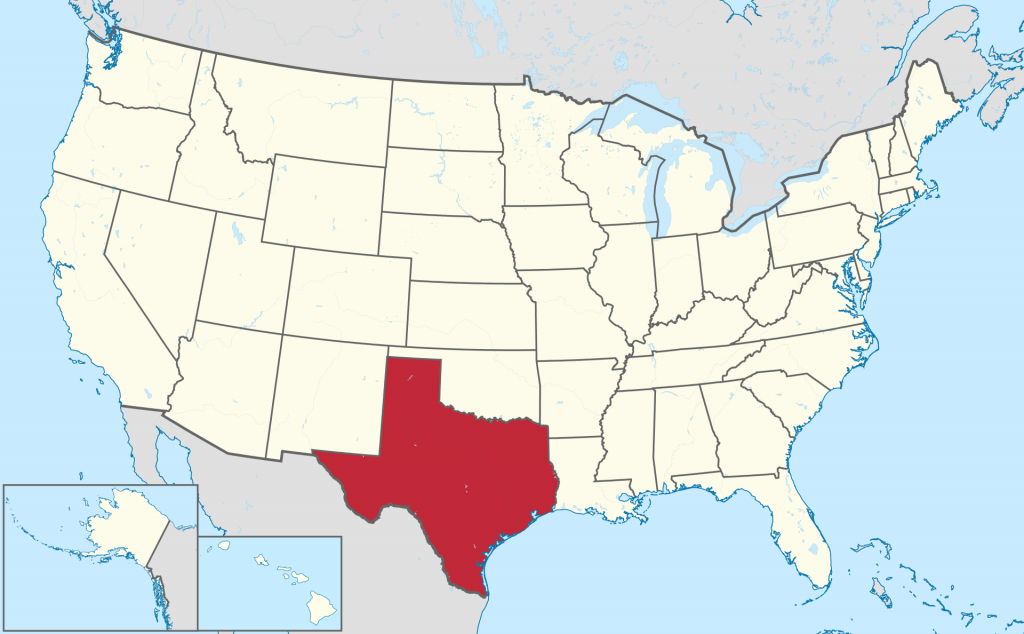
Capital of Texas: Austin
Largest cities: Houston, San Antonio, Dallas, Austin, Fort Worth, El Paso.
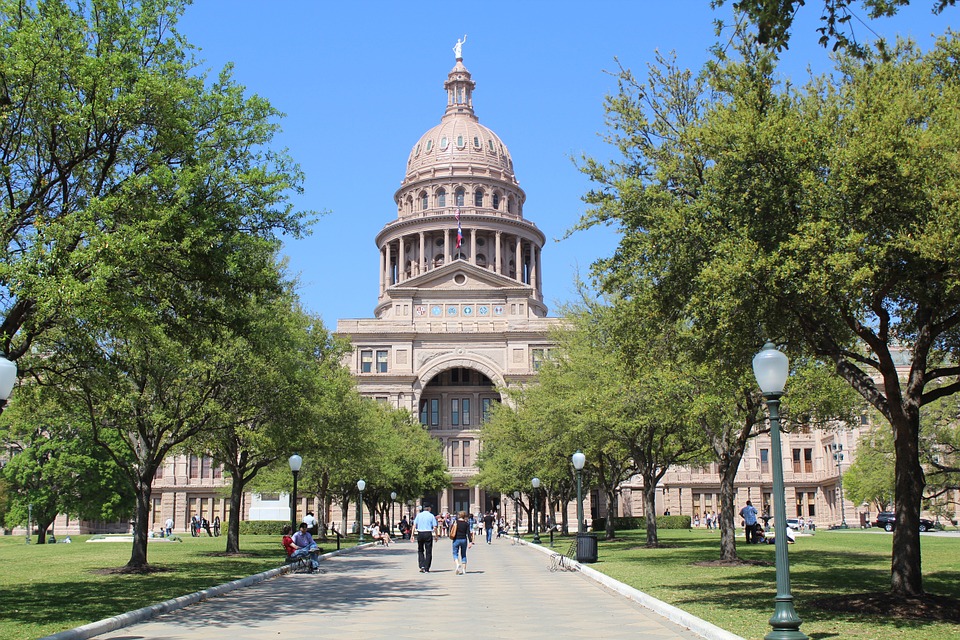
Climate and Landscape
Since Texas is a very large state, the climate is not the same everywhere, so there are 2 main climate zones:
- Along the coast, a hot subtropical climate prevails;
- In the central and northern parts of the state, a more continental climate is observed. This means hot summers of +25°C to +35°C and cool winters around +3°C to +17°C.

What about winter and snow?
As it turns out, snow… DOES happen here! The last snowfall was recorded in January 2021. Moreover, there can even be heavy snowfalls along the coast.
We monitored all topics regarding Texas weather for you, and here’s how it can be described:
“In the summer, it’s tough to walk outside in clothes because the sun heats up pretty well. But in winter, you can’t go out in the morning without a sweater or even a jacket, yet after work, you can stroll in a t-shirt or sweater.”
The landscape of Texas is quite diverse due to its size. Some areas have deserts, while others feature green oases with rivers.
In the east and south of Texas lie the lowlands of the Mexican Gulf Coast. Closer to the west of the state, the landscape rises and transitions into plateaus named Eldorado and Llano Estacado. Further on the western border of the state are the foothills of the Rocky Mountains.

The state mostly consists of plains with shrubs, rich in rivers: Trinity, Brazos, Colorado, Red River, Rio Grande, and many smaller rivers in the central part.
In addition, in the east, closer to Louisiana, there are swamps and savannas with coniferous forests.
Population
Texas is considered the second most populous state in the United States. About 28 million people live here.
The population of this region is growing very quickly, with an increase of around 20% between 2000 and 2010. People from all over the world come here, so you can meet anyone. However, about one-third of the population is of Mexican descent, along with African Americans, Germans, English, and even Irish. There are also settlements of Italians, French, and Poles.
There are also quite a few Russian speakers here. Texas has one of the largest Russian-speaking communities in the U.S., with around 30,000 residents in Houston speaking Russian. The organization even publishes a newspaper called “Our Texas.”
More and more residents of the CIS are discovering Texas not as an empty land with cowboys from the movies but as a promising state for a safe life and a bright future for their children.
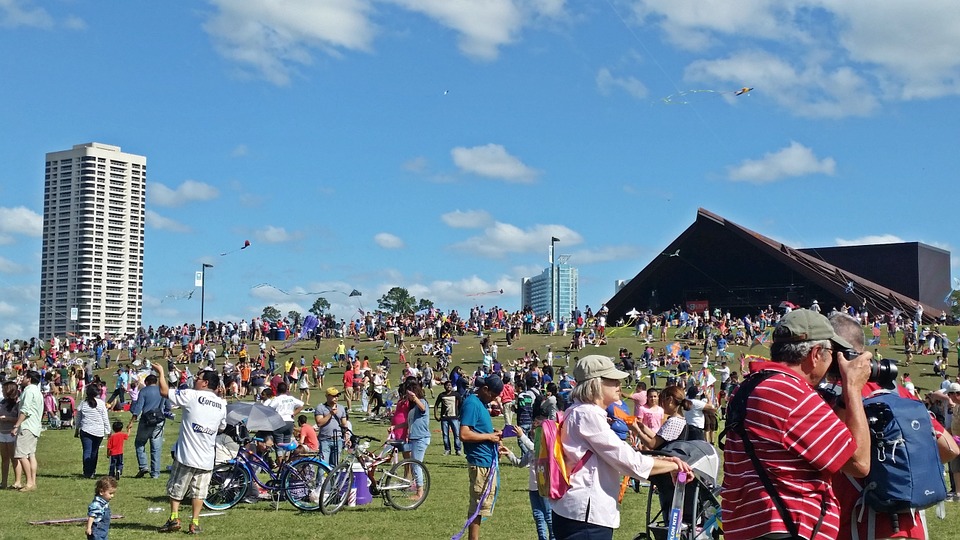
Here is an approximate ratio of races living in the state of Texas. These numbers should not be taken too literally or seriously, as people move in and out every day.
So, in the state of Texas, the population consists of:
- whites (about 70%)
- African Americans (about 12%)
- Asians (about 6%)
- other races (about 14%)
It is worth noting that in this state, approximately 35% of the population consists of Latin Americans of various origins.
Additionally, Texas has about 6% illegal immigrants, mostly from Mexico.
Crime
According to the latest data (2020), the state of Texas does not belong to either the most dangerous or the safest regions.
Crime exists here, as it does everywhere. The crime rate can be described as average. Most tragedies occur in areas with a predominantly Mexican population. For example, the mass shooting in El Paso on August 3, 2019, where 20 people were killed, and about 26 more were injured. The perpetrator was a student from another city. It turned out that this was his protest against the immigration of non-white people and multiculturalism (during the investigation, other reasons also surfaced – you can Google for more details).
Although the city is located on the Mexican border (literally across the street is the most dangerous city in the country – Ciudad Juarez), we found information that living in El Paso is actually safer than in St. Louis, Baltimore, Detroit, or New Orleans. But as you can see, incidents still happen.
When choosing a place to live in any state, make sure that your city and neighborhood are safe for living and are in a green or at least near-green living zone. On housing rental sites, neighborhoods are often divided by safety levels, where you can decide accordingly.
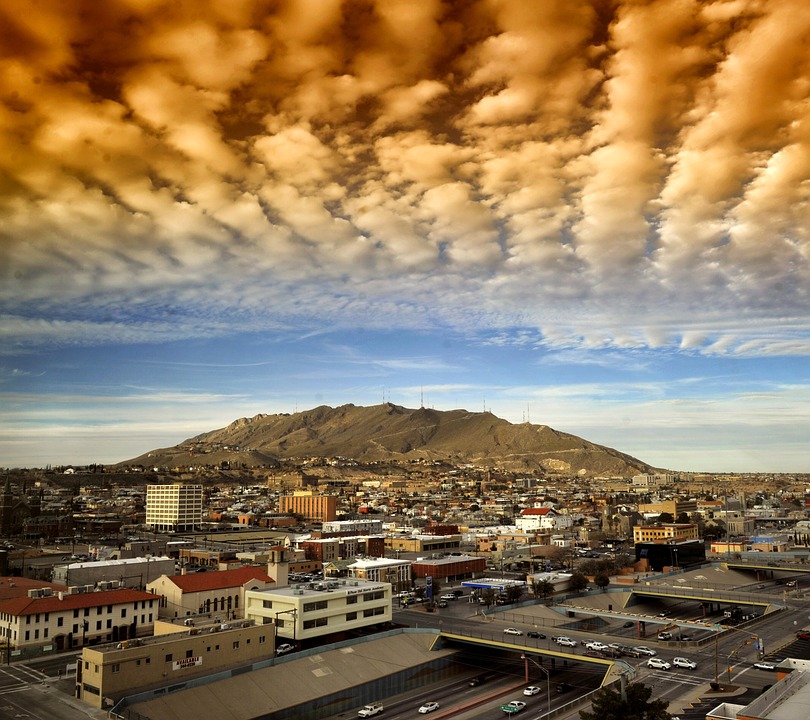
Economy
The state of Texas is considered economically stable and comfortable for living. Taxes are relatively low, and salaries are often higher than in other states. The development and growth of industries can only be compared to New York or California.
The economy ranks second after California in terms of GDP volume.
The unemployment rate is, on average, twice as low as in other states.
The most active economic sectors include information technology, oil and gas industries, agriculture, energy production, the space industry, defense, tourism, and the film industry.
Let’s go through the cities and see what industries are prominent where:
- Houston: port, oil extraction and refining, space industry (NACA headquarters), bio and nano technologies, financial sector, construction, healthcare.
- San Antonio: known for its oncology center, the largest in the country.
- Austin: IT capital.
The state is also home to two of the largest military bases in the U.S. Agriculture and farming are developed exceptionally well!
The minimum wage in the state is $11 per hour.
It’s important to note that there is no income tax in the state, but the sales tax is higher than average, as well as the property tax (which is considered the highest in the country).
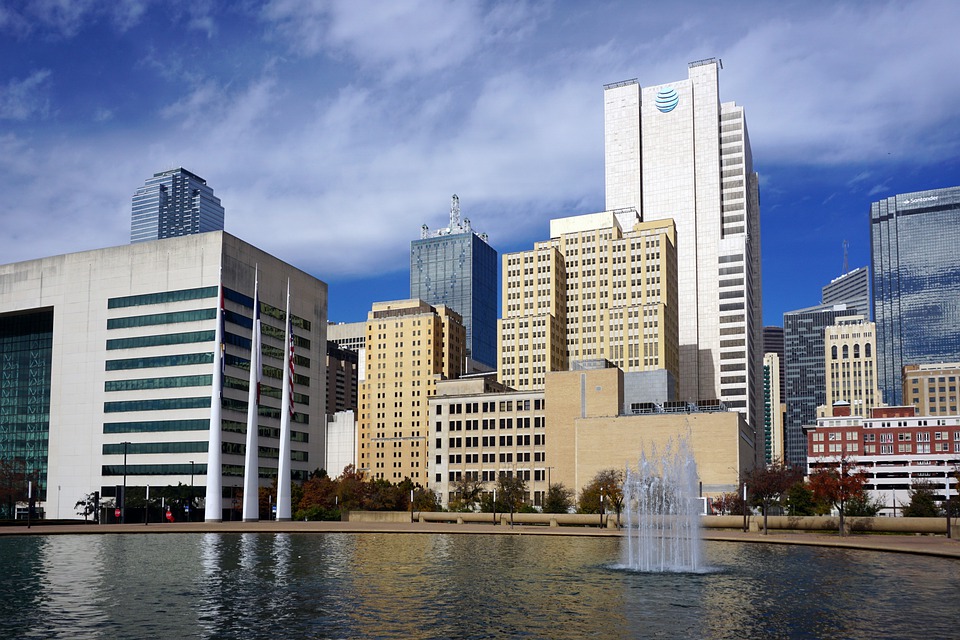
Texas for Business
The state ranks 8th in terms of business climate among all regions.
The capital of Texas, Austin, is called the “second Silicon Valley,” and for good reason.
Many world-renowned companies are relocating here to grow without paying what they consider exorbitant taxes. Texas has no income tax, which entrepreneurs see as an advantage of such a move.
In 2020, Elon Musk, CEO of Tesla, stated that “Silicon Valley isn’t what it used to be,” and that moving to developing Texas from expensive California would be better for his business.
Currently, the state is home to the offices and divisions of companies such as:
- NASA
- Tesla
- Dell
- IBM
- Apple
- Texas Instruments
- Alcatel
- Ericsson
- Nokia
- Cisco
- Verizon
- Oracle (preparing to move, already has a campus in Austin)… and many others

As you can see, there is an influx of various large companies, market giants, which means that different and well-paid jobs can be found here.
Real Estate
Rental prices for real estate in the state of Texas.
In Texas, you can find a variety of housing at different price points. As you already understand, Texas is considered a state with a growing economy and reasonably priced housing. But keep in mind that large companies, businessmen, and investors are now moving into this area, which may affect the cost of buying and renting housing.
The following prices are relevant as of early 2021.
The cost of renting a one-bedroom apartment or studio in Texas by city (approximately):
- Austin from $600-$900 per month
- Houston from $550-$700 per month
- San Antonio $500-$600 per month
- Dallas from $600-$700 per month
Of course, you can find rooms and places cheaper; it all depends on the conditions you’re willing to live in.

You can view prices in more detail by city and choose what suits you on the websites www.trulia.com or www.zillow.com. Go to the site, enter the city, price, and type of property, and have a look. If you have trouble translating city names, use a translator.
Environment
In West Texas, there is active oil and gas extraction, which impacts environmental pollution. There are opinions that due to the intense drilling and oil extraction, “sinkholes” are occurring here (literally!).
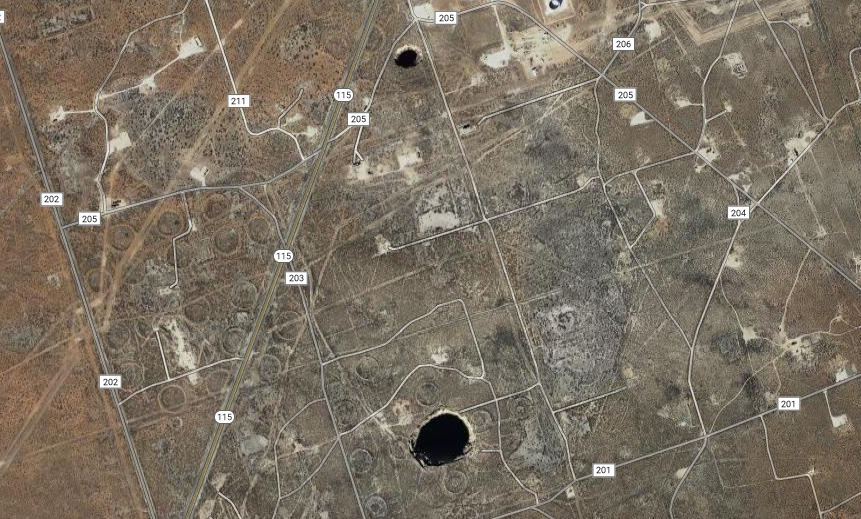
Also, due to the low cost of gas, it often needs to be burned off, which increases air pollution.
Unfortunately, in this region of Texas, business is currently triumphing over environmental consciousness. For now.
Overall, like all states, Texas strives for eco-friendly consumption and business practices. It may be happening slower than in other regions, but it is happening.
Natural Disasters
IMPORTANT!!!
If you are planning to move to Texas, you should know that this state records the highest number of tornadoes. Approximately 130 tornadoes per year. This is an average figure, it could be more or less. They mostly occur from April to June.
There are also tornadoes in the central part, while near the coast, there are tropical cyclones (heavy rains accompanied by thunderstorms and storms).
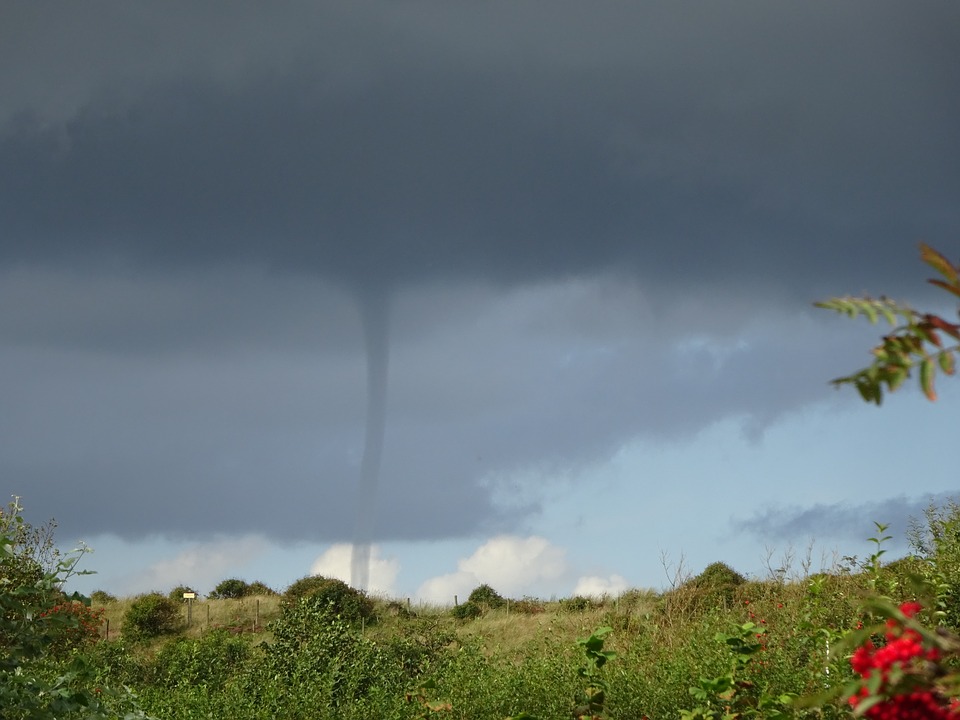
Additionally, the state often experiences thunderstorms and strong hurricanes, which cause damage to both residents and property in Texas.
Landmarks
Oh, there’s definitely plenty to see and do here.
We’ve already mentioned that Texas’ nature is astonishingly diverse – deserts, swamps, dense forests, and even prairies. But beyond that, you’ll enjoy visiting the state’s old towns. It feels like stepping into a cowboy movie scene. It’s captivating!
In Texas, you can also visit places such as:
- the city of Dallas (you definitely need to visit the museums, admire the skyscrapers, enjoy the beautiful architecture, and stroll through the botanical park);
- canyons (there are many, and they are all beautiful. Be sure to visit Palo Duro Canyon, Santa Elena Canyon, and Big Bend National Park);
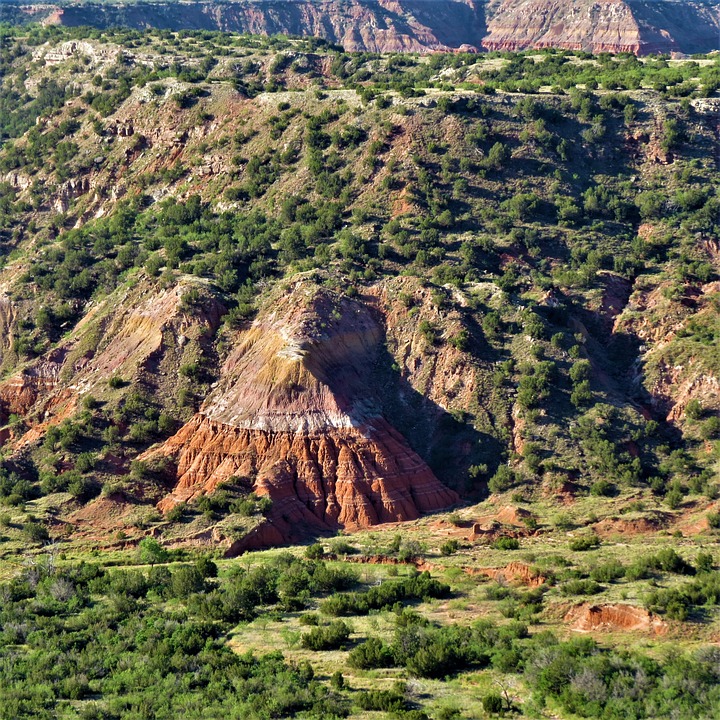
- The King Ranch (the largest ranch in the state, famous for its landscapes. Make sure to join a tour);
We are sure that you will find plenty of other attractive places for yourself in this wonderful and diverse state.
Now, let’s move on…
Shall we talk about the pros and cons of Texas?
Why People Move to Texas
All the following points were gathered from the internet and are, in our editorial’s opinion, subjective.
-
- Low taxes;
-
- A relatively high standard of living in cities like Austin, Dallas, and Houston;
-
- Salaries in certain professions can be higher than for the same job in other states;
-
- Living expenses (food, household goods, water, gas) are much lower than in states like California or New York;
-
- The state is very large with various landscapes and even different levels of humidity. You can choose which region suits you best;

-
- Newcomers are often surprised by the politeness, friendliness, and kindness of the local residents of Texas, who are referred to as “Southern Gentlemen”;
-
- Well-planned infrastructure, even in small towns—stores, gyms, playgrounds, and everything you need are nearby;
-
- Everything in Texas is big: restaurant portions, houses, cars, shopping centers. Just EVERYTHING!
-
- Affordable housing prices and one of the lowest gas prices in the U.S.;
-
- Convenient and favorable conditions for starting and running a business;
-
- A wide variety of universities;
-
- The state of Texas is considered a promising region with a rapidly growing economy;
-
- There are towns and villages with rich flora and fauna, allowing you to live surrounded by greenery at relatively comfortable temperatures;
-
- Weather: no snow or slush in winter, hot summers, almost always green;
-
- A lot of swimming pools across the city (for example, in Austin) and in homes too;
-
- The ocean is within easy reach (about 2-3 hours drive from the state capital);
-
- It’s much easier to do renovations or add extensions to a house compared to other states. Yes, you’ll need to discuss it with the city, but it will still be easier and cheaper.
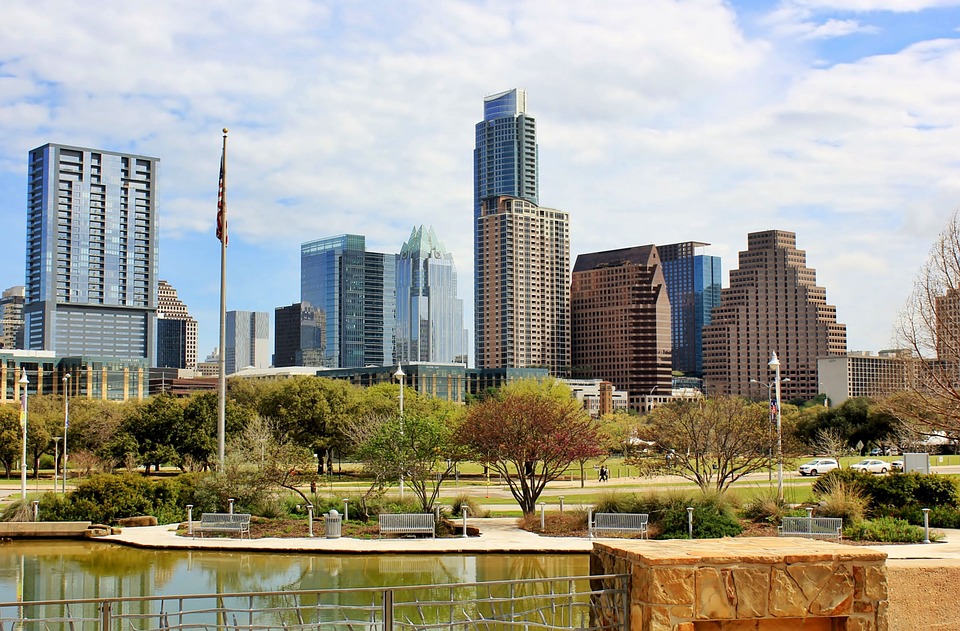
Possible Disadvantages and Inconveniences of Living in Texas
-
- Various natural disasters: storms, hurricanes, tornadoes;
- temperature fluctuations and heat: for people who cannot tolerate heat (around +30°C or higher in the summer) or temperature fluctuations (in winter, at night it can be as low as -5°C, but during the day it can be +16°C), living here may be uncomfortable;
- the state has an average crime rate, with most crimes occurring in cities with a predominant Mexican population;
- it is difficult to acquire a large plot of land when buying a house, as it is quite an expensive luxury;
- if you’re a lover of greenery and forests, you might find it uncomfortable in sparsely populated Texas, where cactus plants are predominant;
- there is no opportunity for winter sports, as there is no snow (but almost every place has pools).
Facts You Should Know
These things are hard to categorize as either a plus or a minus. So we’ll just leave them here, and you can decide for yourself. Deal?
-
- Since the state is large, it will be hard to get around without a car. Locals love big, roomy (large!) cars. Often, a family has 2-4 cars.
-
- In the state of Texas, you can carry firearms. To purchase one, you just need to present your driver’s license, and your background will be checked for “criminal history.”
-
- The standard of living in Texas is high. The average salary in large cities is around $2300. Much of it goes to everyday needs, but you can save for the future and live comfortably.
-
- In Texas, distances are measured not by miles, but by minutes of driving. By the way, this is convenient!
-
- What’s the go-to food? Barbecue! It’s a staple in all cafes, picnics, and parties in Texas.
Well, we hope we’ve been helpful to you. We will try to keep the information on the site up-to-date, so you can always find what you need!
Table of Contents